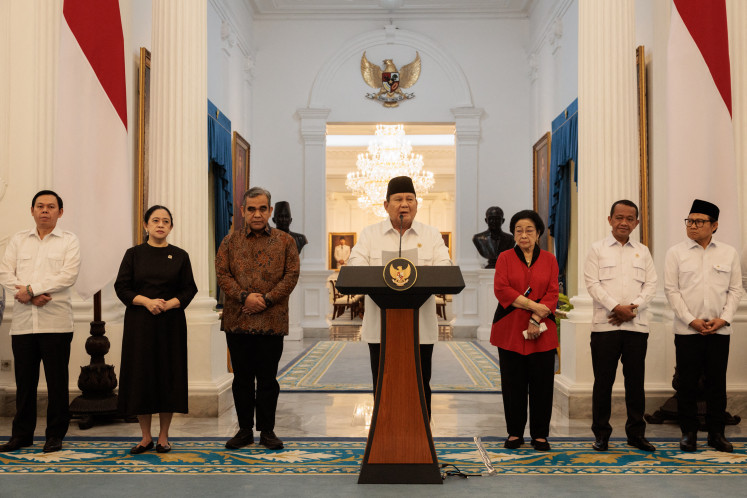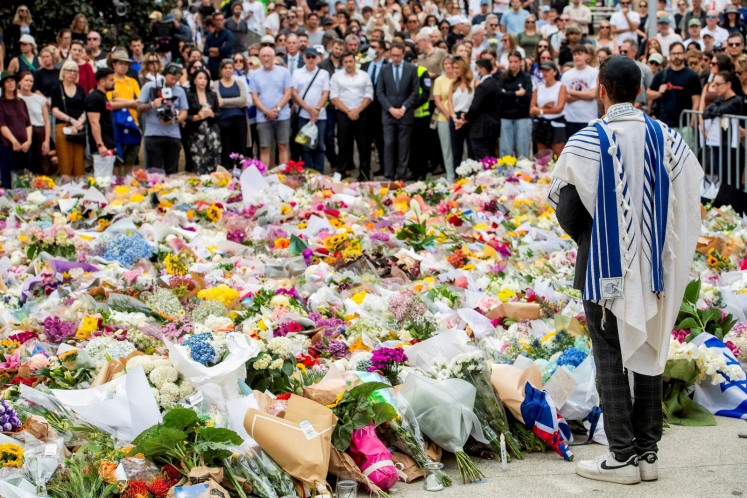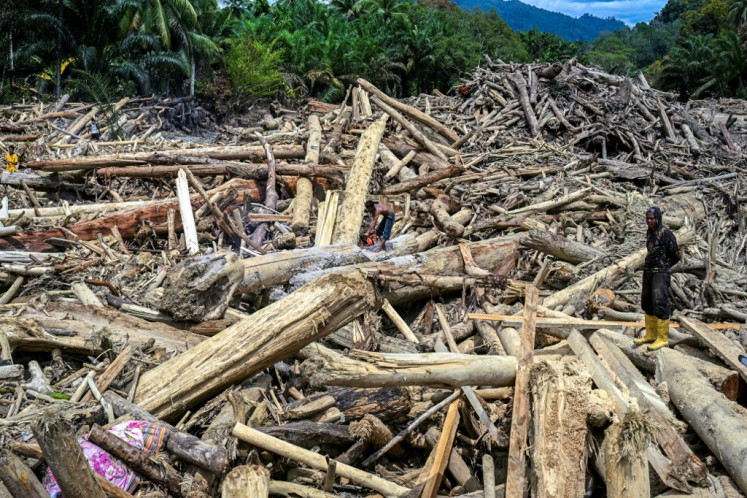Popular Reads
Top Results
Can't find what you're looking for?
View all search resultsPopular Reads
Top Results
Can't find what you're looking for?
View all search resultsCut cancer patients’ waiting times, insurance deficit
Change text size
Gift Premium Articles
to Anyone
T
hroughout February, many countries, including Indonesia, held festivals, walks, public information campaigns and other events to celebrate World Cancer Day, which the Union for International Cancer Control commemorated as important for intensifying various cancer management efforts. Public awareness is expected to be better, including in prevention, early detection and treatment of cancer.
The view for many decades that cancer is an incurable disease has turned out to be wrong. After being diagnosed with lymphoma in 1992 and declared cured, Singaporean Prime Minister Lee Hsien Loong underwent surgery for prostate cancer in February 2015 and is said to still have a life expectancy rate of 99 percent for the next 15 years.
In the United States and Europe, in the last 40 years, the survival rate among those with various types of cancer has increased sharply.
In the United Kingdom, breast cancer, the most common cancer in women, currently has a 10-year life expectancy rate of around 80 percent since the diagnosis was established, compared to only 40 percent in the early 1970s.
For prostate cancer, the main type of cancer in men, around 84 percent of sufferers are still alive 10 years after being diagnosed (compared to only 25 percent in 1970-1971). In America, in less than 30 years, the number of all types of cancer survivors who are still alive 10 years after diagnosis increased from around 40 percent to more than 60 percent, according to the 2010 US Surveillance, Epidemiology and End Results Program.
In children, bone marrow transplantation for acute leukemia can provide cure rates above 70 percent. Similar numbers have been seen in Japan and South Korea. All this data may be different from that recorded in Indonesia, where less than 20 percent of cancer patients are estimated to still be alive 10 years after diagnosis.
Have there been changes in the last 10 years of cancer management in Indonesia? Cancer is a growing social problem in many countries. The budget for the treatment of cancer under the national health insurance (JKN) scheme run by the Health Care and Social Security Agency (BPJS Kesehatan) is one that is increasing every year.


















